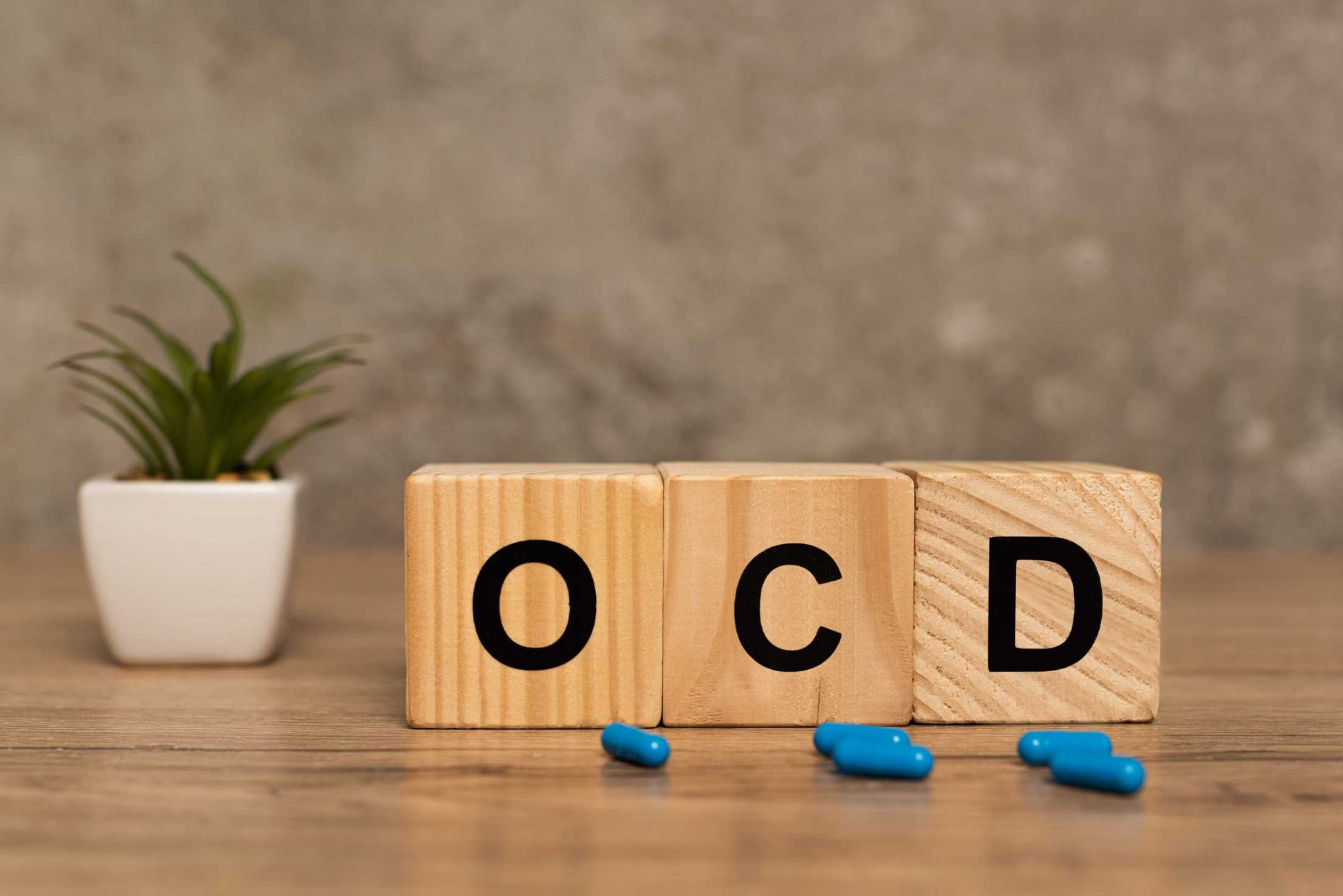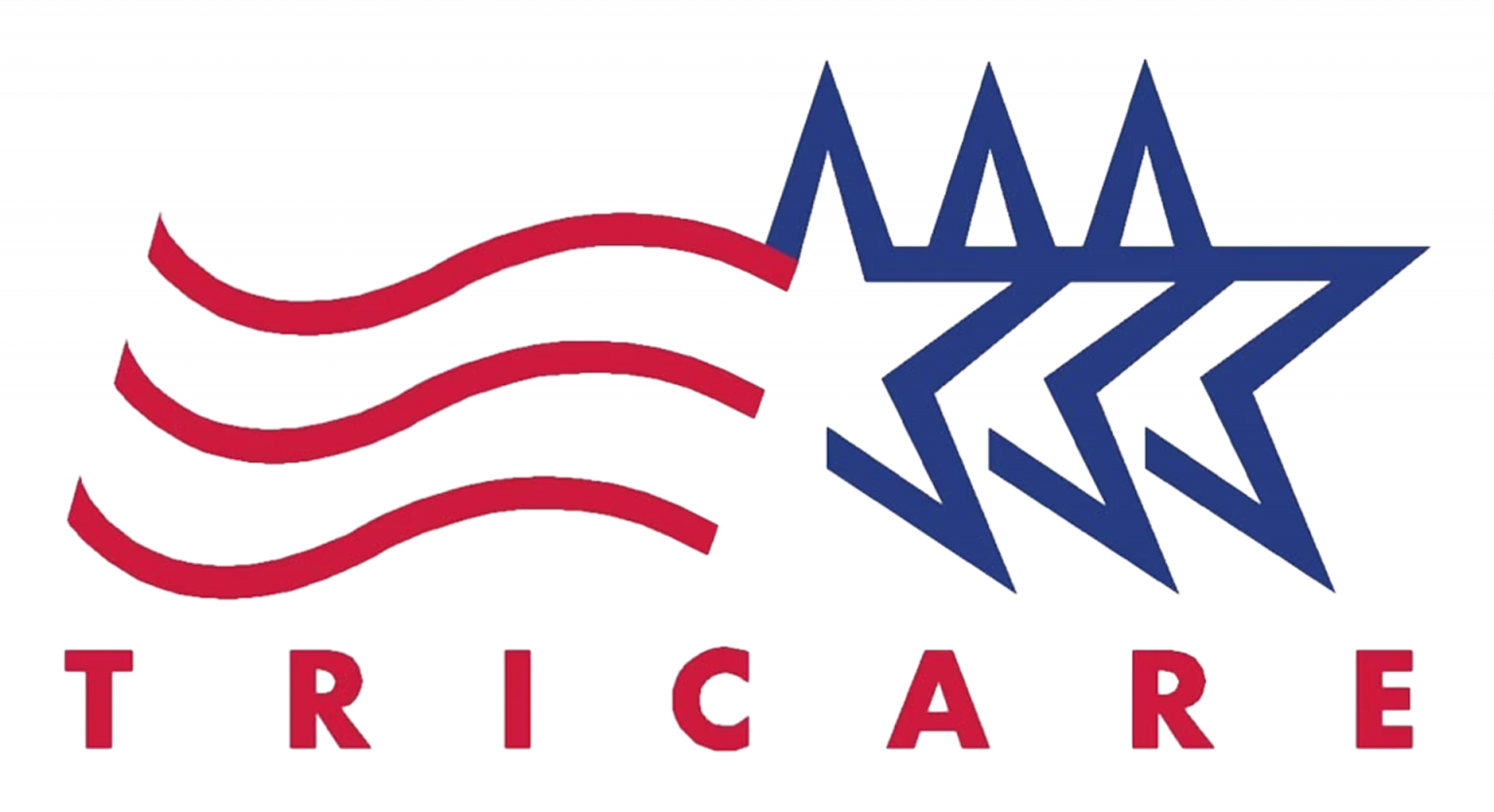Ketamine, primarily used as an approved dissociative anesthetic during surgery, has gained attention in recent years as a potential treatment for various mental health conditions, including obsessive-compulsive disorder (OCD). While research on the use of ketamine for OCD is still in its early stages, there is evidence suggesting that it may have a positive impact on reducing OCD symptoms.
According to recent findings presented at the American Psychiatric Association’s (APA) annual meeting, ketamine can quickly relieve symptoms of OCD in individuals experiencing persistent intrusive thoughts, and the therapeutic effects of the drug can last for one to two weeks.
The rapid alleviation of symptoms observed with ketamine stands in stark contrast to the symptom relief provided by conventional first-line treatments for OCD.
According to lead author Carolyn Rodriguez, MD, PhD, an Assistant Professor at Columbia University in New York, patients undergoing current treatments may have to wait six to 10 weeks before experiencing clinically significant improvement. Furthermore, they may only achieve a reduction of 40% to 60% in their symptoms. “We need more effective medications and medications with faster onset,” she emphasized.
The researchers opted to examine ketamine, an N-methyl-D-aspartate (NMDA) receptor antagonist acting on glutamate, due to indications implying that glutamate is involved in the development of OCD symptoms.
In 2012, ten participants were enrolled in the randomized, double-blind, placebo-controlled study. All of these individuals experienced OCD, were not currently taking any medications, and did not exhibit moderate or severe concurrent depression.
In the study, patients underwent two intravenous infusions, with a minimum of one week between each infusion. One infusion contained 0.5 mg/kg of ketamine, while the other consisted of saline. The order of the infusions was determined by randomization.
Utilizing the Yale-Brown Obsessive-Compulsive Scale (Y-BOCS), Dr. Rodriguez and her colleagues assessed symptoms both at the baseline and one week after each infusion. The results indicated that, following one week, half of the ten patients exhibited a positive response to the treatment, defined as a minimum 35% reduction in OCD scores on the Y-BOCS.
Additionally, the five patients who initially received ketamine in their first infusion were re-evaluated two weeks after the infusion, and at that point, 40% of them showed a favorable response to the treatment.
Dr. Rodriguez expressed her satisfaction with the results, stating, “This really holds promise and is the first study to show rapid treatment for OCD,” as reported on Psych Congress Network.
In May 2016, a group of researchers from the NIMH and the University of Maryland, including Carlos Zarate, MD, now chief of the section on neurobiology and treatment of mood disorders at the National Institute of Mental Health, released a study conducted in mice.
This study revealed that a chemical byproduct, or metabolite, formed as the body metabolizes ketamine could potentially be the key to its rapid antidepressant effects. According to Zarate, this metabolite, known as hydroxynorketamine, was able to reverse depression-like symptoms in mice without eliciting any of the anesthetic, dissociative, or addictive side effects typically associated with ketamine.
Subsequent research endeavors may aim to understand the underlying mechanism responsible for the prolonged effect and rapid alleviation of OCD symptoms. Yet, Dr. Rodriguez cautioned against immediate clinical application of ketamine due to its potential for inducing dissociative effects in some patients.























